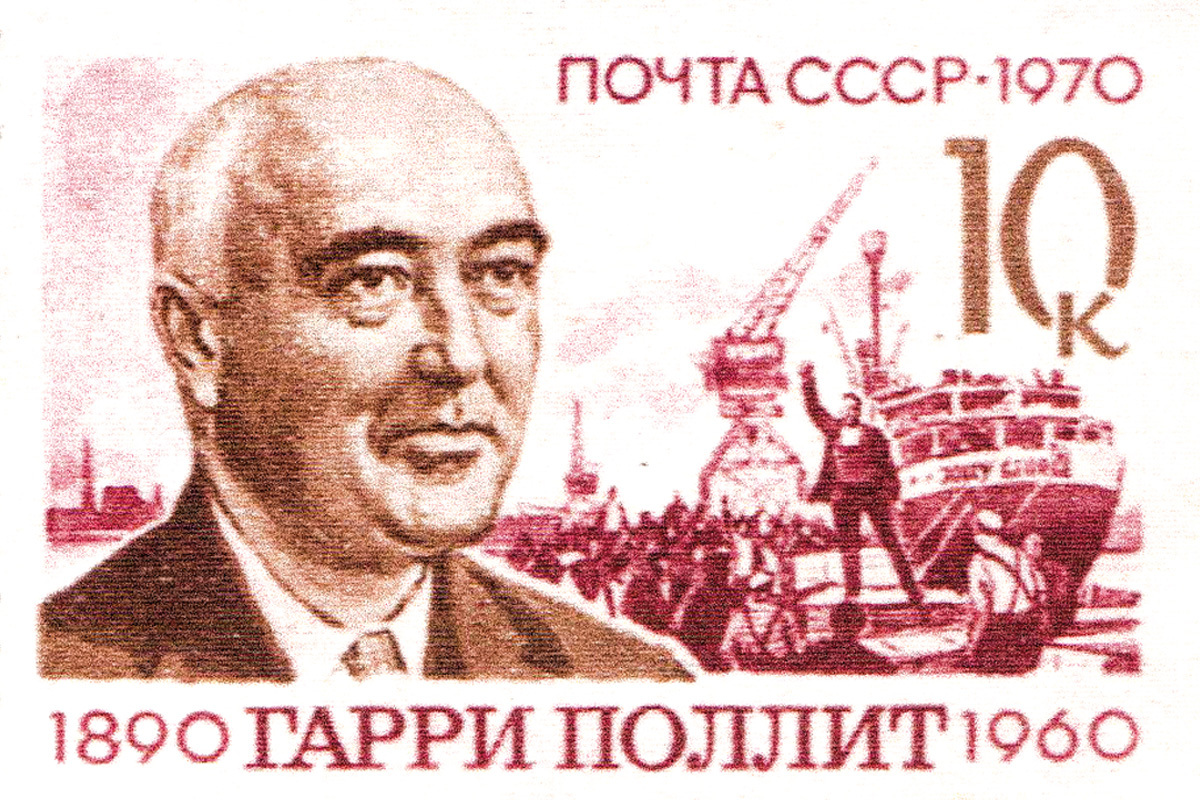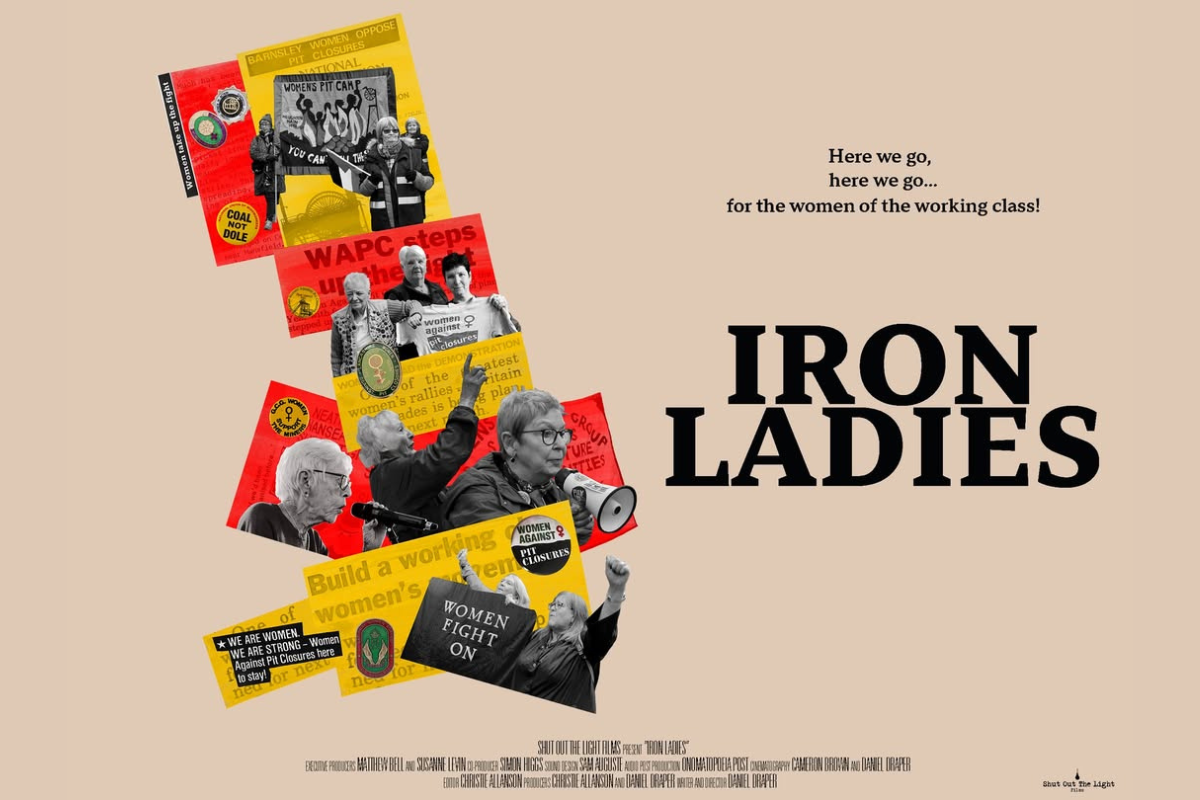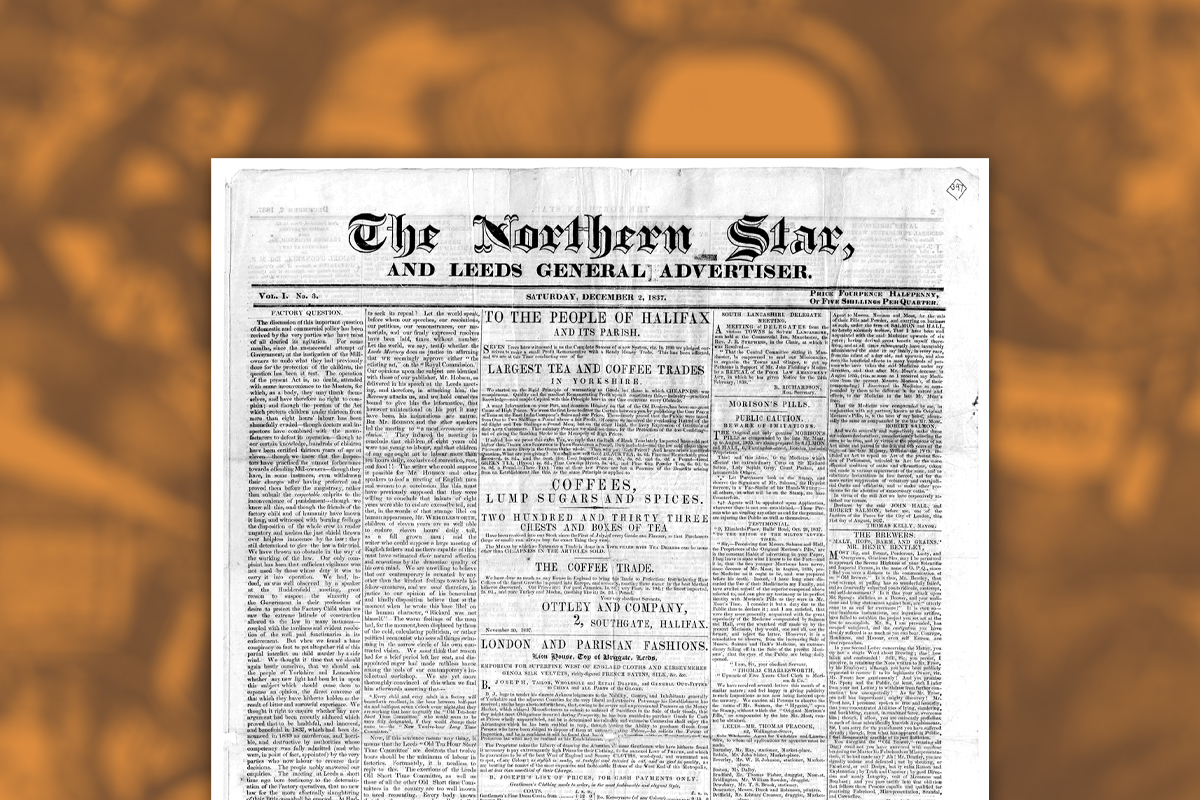This year’s strike by a million and a half public sector workers over the issue of pensions has been called the largest strike in Britain since the General Strike of 1926. This week marks the 80th anniversary of the beginning of the 1926 General Strike. What are the comparisons between 1926 and today and what lessons can be learnt from it?
The first comparison is the different composition of the working class in Britain today. In 1926 there were five and a half million trades unionists affiliated to the Trades Union Congress. Of these four million were called out on strike in 1926. The majority of these worked in heavy industry – transport, iron and steel, the docks, and over one million worked in the mines. Many workers including local authority workers like those involved in the recent pensions dispute were in staff associations, not affiliated to the TUC and were therefore not involved in the General Strike. Today these workers are an important section of the trade union movement. In 1926 workers in health were not asked to strike. Today workers in health, education and social services have had to resort to strike action to defend their standard of living. Some of these have joined trades unions for the first time on the picket line. This is in spite of New Labour’s efforts to airbrush class politics from society. Since the defeat of the 1984/85 miners’ strike over pit closures the number of miners has been reduced to a few thousand. This represents a destruction of the industry not even envisaged by the National Union of Mineworkers at the time of the dispute.
The General Strike of 1926 was called by the TUC in solidarity with the miners who were facing cuts in wages and longer hours. This was not just an act of solidarity. The Tory Prime Minister at the time, Stanley Baldwin had proclaimed, “all the workers of this country have got to take cuts”. British capitalism was in crisis and the workers had to pay. Today we are told that the economy is in a strong position. But decent pensions apparently cannot be afforded because too many people are living too long. This has caused a so-called pensions crisis.
The General Strike of 1926 was called as an all-out strike, not a one-day or two-day affair. This illustrates the strength and solidarity of the trade union movement in 1926. There has never been an all-out strike affecting so many different sections of workers at any time since that year in Britain. There were reasons for this. One of them is that the 1926 General Strike would be illegal under industrial relations legislation introduced by the Tory governments of 1979-1997. In 1926 solidarity action on behalf of the trades unions was legalised under the terms of the Trades Disputes Act of 1906. This Act, introduced by a Liberal Government with the support of 29 Labour MPs, had also protected trades union funds from confiscation during a trades dispute. After the defeat of the 1926 General Strike solidarity action was again made illegal by legislation passed in 1927. But that legislation was repealed by the 1945 Labour Government. However after nine years of New Labour the anti-union legislation of the Thatcher years is still in place. The trades unions are therefore in a worse position legally than in 1906. Britain has some of the most punitive industrial relations laws of any democratic country!
The miners have traditionally been a key section of the British working class. That is why the TUC was committed to support them in 1926. Almost 50 years later in 1972 and 1974 the National Union of Mineworkers was in dispute with the Tory Government led by Edward Heath on the issue of pay. They received support including solidarity action from other sections of the trade union movement which was essential to winning these disputes and bringing down the Heath Government. In 1984/85 the miners were in dispute again with the Thatcher government over pit closures. This strike was a watershed like 1926 for the labour movement. The defeat of the miners was the prelude to attacks on the standard of living of all sections of the working class. The government used “divide and rule “ tactics like the Tories had done in the 1920s. Settlements to other sections of the working class reflected the desire of the government to avoid a “second front” with the trade union movement. This together with the now in place industrial relations laws which made trades union funds liable to sequestration if they took solidarity action meant that trades union leaders were loathe to call their members on strike in support of the miners.
1926- the background to the crisis
By 1913 trade union militancy had reached a new peak in Britain. Over eight million workers were organised in the trade union movement. A Triple Alliance had been set up between the strongest unions – the Miners’ Federation of Great Britain, National Union of Railwaymen and the National Transport Workers’ Federation. These three unions pledged to take solidarity action to defend each other if under attack. However when put to the test in 1921 this pledge had been abandoned. During World War One the mines had been under government control, which had guaranteed the miners a minimum level of pay and maximum number of hours. Due to the post-war revolutionary situation that swept Europe after the end of the War, the Government hesitated before handing back control of the mines to the mine-owners. British trade unionists had refused to load arms to a boat, the Jolly George which was bound to equip soldiers fighting against the revolutionary government in Russia. A general strike had been threatened then in 1919.
When the mines were handed back in 1921 the mine-owners immediately wanted a return to the old conditions – pay cuts and longer hours. Like other sections of the British capitalist class they claimed that they were faced with a crisis – competition from other markets. Globalisation is not a new phenomenon. Today we see it with the workers in India and China and the low wages that they receive and that is the reason why British industry must be competitive, that is pay lower rates and make workers work longer hours. In the 1920s it was workers in other parts of Europe such as Germany. Governments we are told can do nothing to help workers in those circumstances – it is the law of the market and there is nothing that can be done. In reality governments do plenty… to help the capitalists. Facing attacks from the mine-owners the MFGB turned to the Triple Alliance for help. The leader of the NUR, Jimmy Thomas, refused to help. His excuse was that the railwaymen had been offered a guaranteed shorter week which they would risk losing if they took strike action in support of the miners. The Triple Alliance failed in April 1921 on what was known as “Black Friday”. The tactics of divide and rule had won.
Miners suffered cuts in wages. But that was not enough. After a short-lived minority Labour Government in 1924, by 1925 the Tories were back in power led by prime minister Stanley Baldwin. By this time the coalfields of the Ruhr Valley were back in operation undercutting British coal prices. The mine-owners wanted further cuts – this time of up to 25%. On “Red Friday” in July 1925 the government stepped in to give a subsidy to the mines. Following the collapse of the Triple Alliance, the TUC itself had pledged all out strike action in support of the miners in the event of further cuts. This threat was taken seriously by the government. They played for time and set up a Royal Commission, the Samuel Commission, to look into the mines. It would take nine months to report. Its membership was full of capitalists and therefore there was no way that it would find in favour of the miners. But it gave the government nine months to prepare for a general strike.
The government used an Emergency Powers Act (rather like the more recent Civil Contingencies Act) to prepare to defeat a general strike. The country was divided into eleven regions headed by a Civil Commissioner for each and an Organisation for the Maintenance of Supplies was set up. The military was to be involved as well with battleships sent to key areas like Clydeside and the London docks. Preparations were made to arrest known members of the Communist Party.
The Samuel Commission recommended cuts in pay of 13% for the miners. This was decisively rejected by the miners’ leaders, a left-winger named Arthur Cook. He coined the slogan “Not a penny off the pay, not an hour on the day”. Rejecting the mine-owners’ terms the miners found themselves locked out in April 1926. The onus was now on the TUC to call a general strike. The TUC general council was split – right-wingers such as Thomas wanted more negotiations. Infamously he was quoted as saying “the only class that I fear is my own!” These sentiments were echoed by leaders of the Labour Party such as Ramsay MacDonald and Lord Snowdon, later to join a coalition with the Tories in 1931. They wanted the government to win.
The strike begins
The Tory Prime Minister, sensing that the TUC leadership did not want a strike, broke off negotiations when printworkers refused to print an anti-strike cartoon. On May 1st an emergency conference of the TUC had voted for a general strike overwhelmingly. The strike began on the night of May 3rd and lasted nine days.
Suffice it to say that the TUC was not prepared for this action as compared to the elaborate preparations on the government’s side. The right wing of the TUC was still trying to get the strike called off. Left-wing leaders such as Cook and Pugh were determined to support the miners. After all, they had been warned that wage cuts for the miners would lead to wage cuts across British industry. But they were not prepared for the consequences of a general strike. Famously one TUC delegate was known to announce that his mother-in-law had been saving an extra tin of fish a week in preparation!
The strike called in support of the miners received 100% support. Membership of the TUC was now down to five million, and four and a half million were called out. Heavy industry was the first to be called out. In London it was the transport workers who were the key. Public service workers and those in new engineering factories were not yet unionised. Volunteers from the professions and students came forward to offer to drive trains and buses. It is inconceivable that this could happen today in the event of a transport strike. Who would be mad enough to take on a job for which they were not properly trained? Also many of these white-collar workers would be in trade unions affiliated to the TUC. The middle class reserves which British capitalism could rely on in the 1920s do not exist today. There were frequent attacks on buses and trains driven by “scab labour”. Buses were turned over and windows broken. But the main accidents were caused, according to reports in the TUC paper, the British Worker by scab labour not being competent to drive buses and trains. There were fatalities.
As the strike went on more workers joined. The Government set up a newspaper the British Gazette, personally edited by the fanatical anti-trade unionist Winston Churchill. The government claimed that parliamentary democracy was under attack. The TUC denied this saying that it was a defensive strike in support of the miners. There was no constitutional crisis they claimed. There was little violence due to the “common sense” of the British people. Of course the police themselves had links with the working class and had themselves been in dispute in 1919. They had no reason to pick fights with strikers. There do not seem to have been scenes like we saw at Orgreave during the 1984/85 miner’s strike.
A missed revolution?
The General Strike lasted nine days. An all-out general strike cannot last forever. It is not a protest like a one-day strike. How does a society exist without food distribution, transport and essential services? Either one side backs down quickly, which the government was not prepared to do, or the TUC would have to consider itself to be an alternative government. As the strike went on power at local level was passing to the trade union movement. Trades councils became “Councils of action” having a veto and responsibility for essential services. Joe Sherman who was secretary of the Ealing Trades Council at the time said, “I had a letter from the borough surveyor, Hicks, asking whether the strike committee would give permission to deliver two tons of coal to the Ealing Memorial hospital. It showed how strong we were”.
This was repeated up and down the country. Ealing was in those days a middle class suburb, not a key industrial area. The British Worker reported that due to industrial action by the Electrical Trades Union all permits for electricity had to be issued through the General Council of the TUC. The government and the right-wing leaders of the labour movement were keen to get the strike called off as soon as possible. So in spite of this tremendous show of solidarity which was evolving into a revolutionary situation the strike was called off unconditionally by the General Council of the TUC. Baldwin felt confident in demanding this unconditional surrender as a precursor to resuming negotiations. The reality was that the miners were left alone, abandoned and locked out for months, eventually returning to work on the owners’ terms. For many other trade unionists there were no guarantees that they would not be victimised. Many lost their jobs and trade union rights. In 1927 legislation, which outlawed solidarity action was passed.
This defeat was not to be reversed for years. And yet it was not down to lack of support for the strike or weakness. It was down to the lack of political will of many in the trade union leadership. Jimmy Thomas said, “God help the country if the government does not win”. The TUC failed the miners because it would not see the strike through to the end. Frightened by the revolutionary potential of the strike, the leaders were keener than ever to get it called off even though it meant that the miners were literally starved back to work and other sections of the working class endured cuts in pay. But the mood of the rank and file was defiant. Joe Sherman has the last word on this – “…we suddenly heard that the strike had been called off and nobody believed it… you either have to challenge the authority of the state and have a revolutionary situation or give way. This is precisely what happened. The big mistake was to leave the miners isolated completely.”
This unconditional surrender left not just the miners, but thousands of other workers under threat. The balance of power had changed. Workers facing victimisation left trade unions, some even joined company unions. This industrial relations disaster was not to be reversed until nearly a decade later when unions in the engineering factories began recruiting and taking industrial action over hours, bonuses and wage rates. Many of these disputes were short-lived and resulted in short term gains for the workers involved. This pattern of industrial relations continued into the post-war period. It was not until the 1970s that the trade union movement was to challenge the government of the day. This time the Heath government was defeated by the miners. The prospect of a general strike was discussed in the 1970s in the trade union movement. However, like in 1926 an all-out general strike would have opened up the opportunity to radically change society not just to force the government to call a general election.
Recently several articles have appeared in the media claiming that a general strike will never take place again in Britain. They quote the anti-union laws. They quote the declining membership of the unions and the changed composition of the working class. What they conveniently ignore is the changing mood of the British working class, a class which has had to endure attack after attack on its rights, a class that has been forced to work the longest hours in Europe and a general worsening of conditions. Today’s bourgeois analysts are going to come in for some unpleasant surprises. The built up tension will have to find an outlet sooner or later. The recent public sector strike over pensions is merely a small taste of what is to come. The main point we have to stress is that today’s workers must study the 1926 general strike and draw lessons from it, the most important of which is that we need a fighting leadership that will put the interests of the working class before any other!
May 2006






